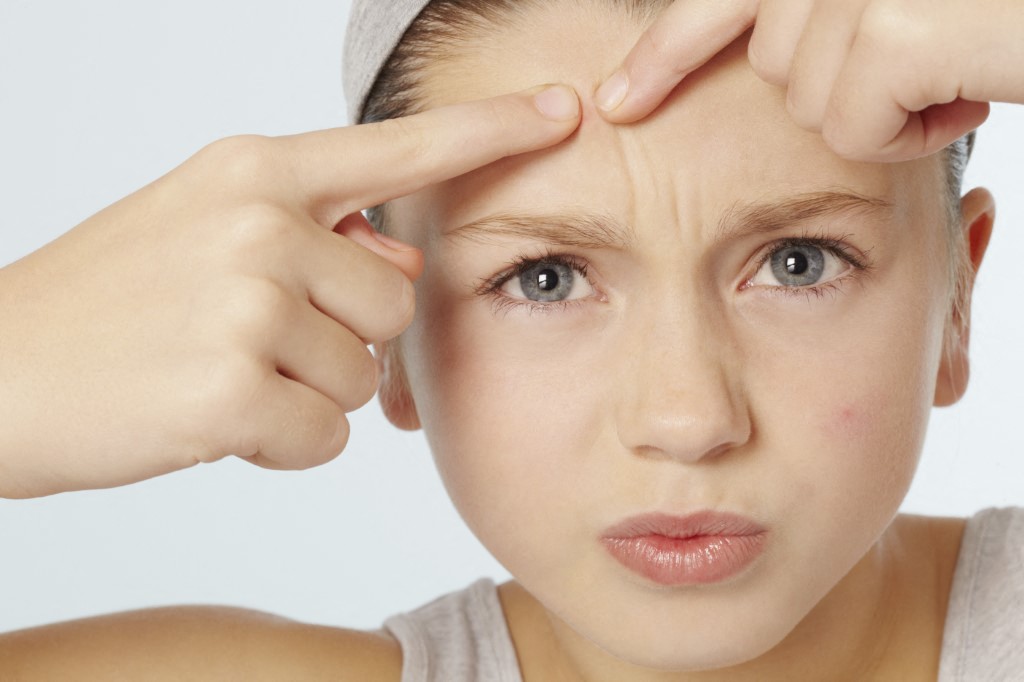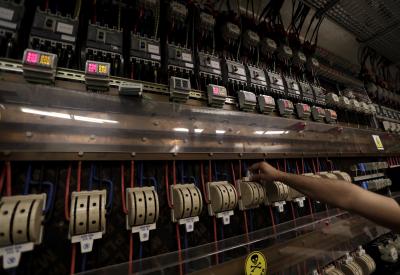In today’s fast-paced digital world, it takes only a spark for a peculiar habit or bizarre piece of content to go viral, sometimes even turning into a multimillion-dollar business. One of the most debated and widely viewed trends to emerge from platforms like TikTok and Instagram is the curious craze of pimple-popping videos.
“This isn’t just my face—it’s the face of every patient who’s ever walked into a dermatologist’s office!”
That’s how American dermatologist of Korean descent Dr. Sandra Lee—better known as Dr. Pimple Popper—launched her journey into internet stardom. What began as a short video of a blackhead extraction quickly became a series of clips that shocked even her. Within months, Lee had become a global phenomenon, boasting over 13 million followers and racking up millions of views on her YouTube channel.
From "Disgusting Content" to Global Addiction
While some might find the videos nauseating or deeply unsettling, for millions of viewers, they’ve become something of an obsession. “I’m addicted to these videos and I’m not ashamed,” one user confessed in the comments. Others admit they can’t stop watching, even while acknowledging how gross the content can be.
But what explains this bizarre appeal?
Psychology Weighs In: Why Are We So Drawn to It?
To explore the psychological side of the trend, we spoke with Dr. Sami Shouman, a neuropsychologist. “The human brain craves instant gratification,” he explained. “Watching these videos activates the brain’s reward center—the same one that makes us feel pleasure and relief. The popping action delivers a sense of emotional release, almost as if something uncomfortable has been removed from within us.”
Dr. Shouman compared the experience to watching a horror movie: “You want to look away, but you can’t. There’s a cycle of tension and release that makes the brain want more.” He also likened it to a morning cup of coffee. “Just as some people need caffeine to reset their mood, others rely on this type of content to feel better mentally.”
From Viral Content to Tangible Product: The Pimple-Popping Toy
The leap from online trend to market product came swiftly. On an episode of the U.S. entrepreneurship show Shark Tank, a contestant presented a toy inspired by the trend, featuring a rubbery face and gooey material designed to simulate popping pimples. One investor offered $250,000 to buy into the idea, paving the way for its launch in global markets.
Today, dozens of versions of the toy are sold in stores and mobile apps alike. And you don’t even need the physical toy anymore—apps that mimic the experience are available on smartphones, making the phenomenon more accessible than ever.
From a Secret Habit to a $12 Billion Industry
Once a shameful, behind-closed-doors activity done in front of a mirror, pimple-popping has now grown into an industry estimated to be worth over $12 billion. That figure encompasses digital content, toys, advertising, skincare products, and even personal brands built entirely around this once-taboo behavior.
A Masterclass in Marketing, Psychology, and Human Behavior
This phenomenon reveals how something simple—and even socially awkward—can morph into a massive success when it taps into instinctive human behavior. It’s a powerful lesson in the fusion of content, marketing, and technology: any habit, no matter how odd, can become a brand—and a lucrative one at that.
In the end, whether you secretly binge-watch pimple-popping clips or proudly proclaim your addiction, remember that what you see on-screen is more than just a face being squeezed. It’s a mirror reflecting the human mind—its quest for relief, order, and maybe a hint of mystery.
In the age of social media, the old saying "My pimple, my pride" isn’t just a quirky proverb anymore—it’s a marketing strategy that popped into gold.
Please post your comments on:
[email protected]
 Politics
Politics












